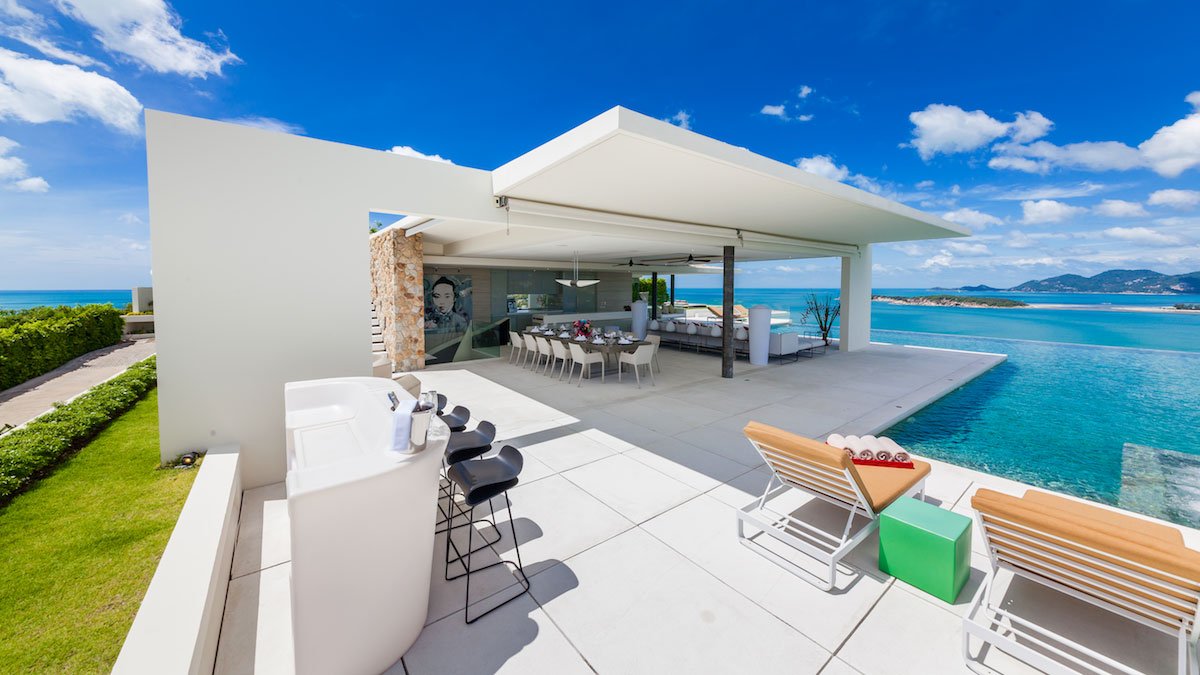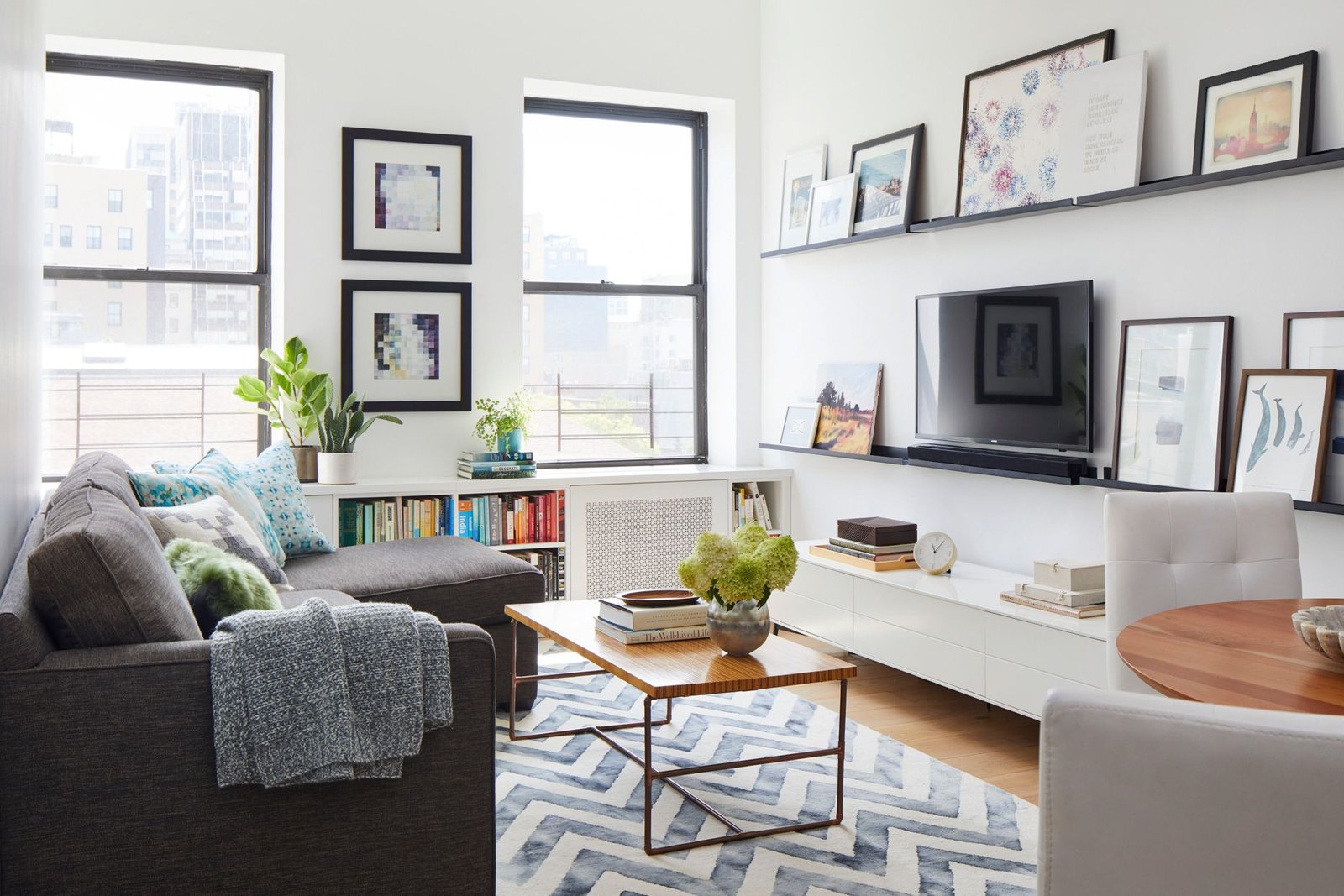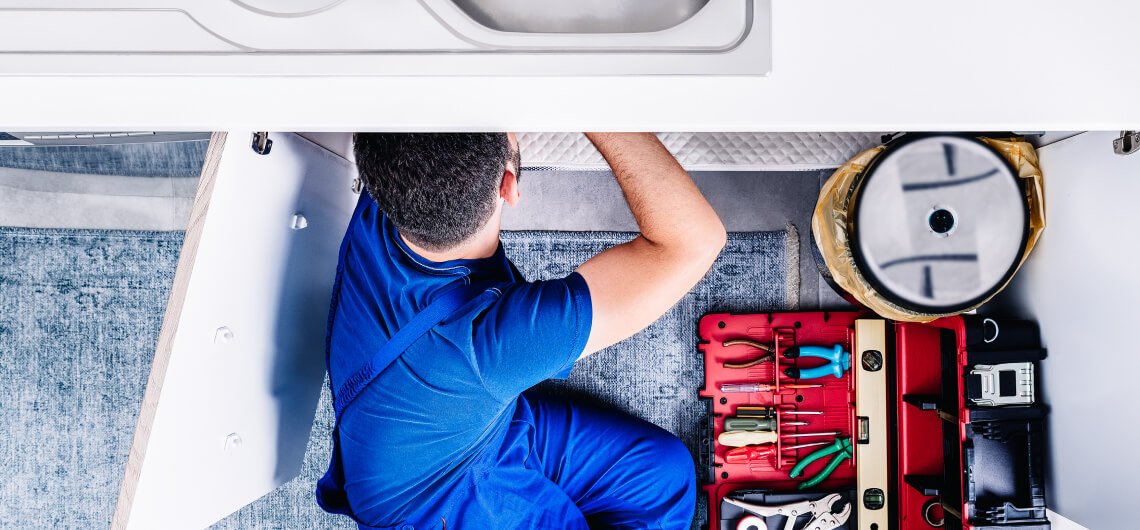Choosing the best apartment building involves considering several factors to ensure it meets your lifestyle, budget, and needs. Whether you’re moving to a new city or simply upgrading your living space, here’s a comprehensive guide to help you make an informed decision.
1. Location, Location, Location
- Commute and Accessibility: Consider proximity to work, schools, public transportation, and major highways for convenient commuting.
- Neighborhood Vibe: Assess the neighborhood’s safety, walkability, nearby amenities (like grocery stores, parks, and restaurants), and overall ambiance.
2. Budget and Affordability
- Rent Affordability: Determine a budget that aligns with your income and financial goals. Factor in additional costs such as utilities, parking, and pet fees if applicable.
- Upfront Costs: Be aware of security deposits, application fees, and any other initial expenses required when moving into a new apartment.

3. Apartment Size and Layout
- Space Requirements: Evaluate your space needs based on family size, lifestyle, and furniture. Consider whether a studio, one-bedroom, or larger apartment suits your living situation.
- Layout Considerations: Assess the floor plan for functionality, storage options, and natural light availability. Virtual tours or in-person visits can provide a clearer picture.
4. Amenities and Facilities
- Essential Amenities: Look for amenities that match your lifestyle, such as laundry facilities, parking availability, fitness centers, and outdoor spaces.
- Additional Offerings: Consider extras like community rooms, swimming pools, pet parks, bike storage, and concierge services if they align with your preferences.
5. Building Condition and Maintenance
- Building Maintenance: Check the overall condition of the building, including common areas, elevators, and exterior. Well-maintained properties tend to offer a more comfortable living environment.
- Management Reputation: Research the property management company or landlord. Read reviews to gauge responsiveness, maintenance efficiency, and tenant satisfaction.
6. Community Atmosphere
- Tenant Demographics: Consider the demographic makeup of current residents to determine if it aligns with your lifestyle and preferences.
- Social Opportunities: Explore community events, gatherings, or clubs organized by the building. This can foster a sense of belonging and community engagement.
7. Lease Terms and Flexibility
- Lease Length: Determine whether the lease terms (e.g., month-to-month, short-term, or long-term) fit your future plans and stability.
- Renewal Policies: Understand the process for lease renewals, rent increases, and any flexibility in modifying the lease terms.
8. Safety and Security
- Building Security: Assess the security measures in place, such as controlled access entry systems, surveillance cameras, and on-site security personnel.
- Neighborhood Safety: Research crime rates and safety measures in the surrounding area to ensure you feel secure in your new home.
Conclusion
Choosing the best apartment building requires careful consideration of location, budget, amenities, community atmosphere, and safety. By assessing these factors thoroughly and prioritizing your preferences, you can find an apartment building that not only meets your immediate needs but also enhances your overall quality of life. Take the time to research, visit potential buildings, and ask questions to make an informed decision that aligns with your lifestyle and future goals.











